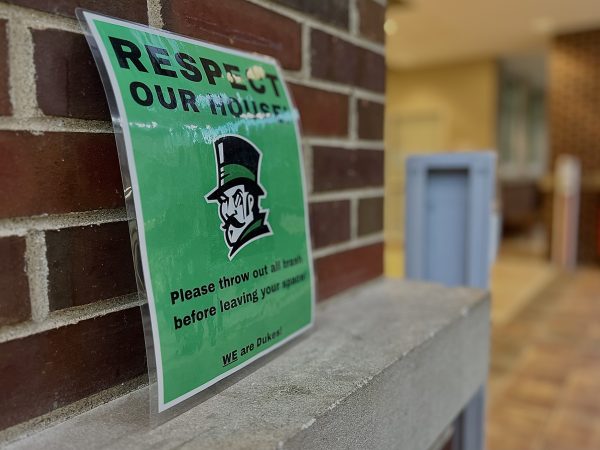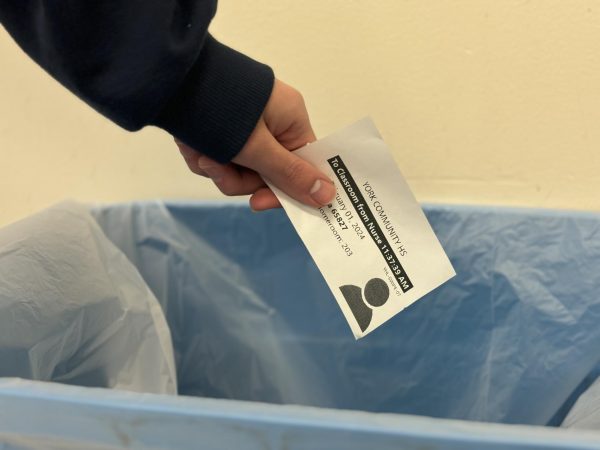Survivor’s story all too common
On the first day of her second year at Columbia University, sophomore Emma Sulkowicz was sexually assaulted by a fellow classmate.
As reflected in 80 percent of sexual assaults (National Institute of Justice), her attacker knew her well; the two interacted daily during the outdoor-orientation program called Fearless Leaders, of which her attacker was the coordinator.
Sulkowicz did not report the assault immediately. In an interview with the Columbia Spectator, she said, “I didn’t want to talk to anyone. I didn’t even tell my parents … I didn’t even want to talk to my best friend.”
She did, however, confide in several classmates and friends. Two female classmates revealed to Sulkowicz that they had had similar experiences on campus with the same man. Seeing that this man was a serial offender, therefore posing a threat to all students at Columbia, Sulkowicz brought her case to officials at the university.
The university found her attacker not guilty of having attacked Sulkowicz or his other two female victims. This ruling dropped all charges against the man and allowed him to remain on campus.
Here began Sulkowicz’s now viral demonstration of dragging her mattress with her throughout campus as a form of protesting Columbia’s ruling and failure to expel her assailant.
Since her appearance on the cover of The New Yorker, the spotlight on Sulkowicz has yet to fade. However, the public may still be in the dark when it comes to the true timeline of events as they unfolded for the Columbia student.
As previously mentioned, Sulkowicz was attacked her sophomore year. This upcoming spring will mark her graduation. Two years separated her nightmare and the public’s reaction–knowledge, even–of the incidence.
According to a study by Kathleen Hirsche, 25 percent of women are sexually assaulted in their academic career, with 40 percent of these cases going unreported. High percentages like these may stem from the fact that male rapists don’t see their acts as rape.
Karen R. and C. Dale Posey surveyed hundreds of college males regarding their sexual behavior. Eight percent admitted to committing rape.
Eighty-four percent answered yes to participating in several sexual acts legally labeled as rape; however, in the survey questions, the word rape was omitted, showing that these men were able to identify their actions but unable to associate them with what they know rape to be.
Next year’s female college freshman face the reality of these harsh statistics.
“Honestly, it’s really concerning,” said Geeva George, senior. “You always think, ‘it wouldn’t happen to me,’ but it happens to people. And you never know.”
George’s dad also encouraged her to take a self-defense class, “so I could protect myself,” George said.
The lack of understanding by men of what consent means brings into question the American education of sex. District 205 remains firm on their Abstinence-Only policy, which excludes teachings of safe sex.
Educators tend to look towards the “empowered” female as a means to lower sexual assault rates.
“I think the bigger issue is women’s ability to say ‘no’ and mean it,” said Mrs. Heil, dean of students. “I feel that teen girls want to be liked; they don’t want to make an ‘issue’ out of nothing. As a result, the messages they send are often in the gray area.”
Young women notice these problems and develop a sense of paranoia.
“You have to be careful and watch what you do. You never know how they [men] will interpret [your actions]…or if they will think you’re leading them on,” Lauren Irby, a senior, said. “You do need to know how to protect yourself.”
Until there is sex education reform, women shall go on living normally, with the understanding that their bodies are subject to being stolen. And if that sounds scary, they can always take a self-defense class.











